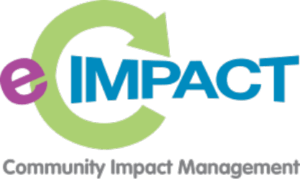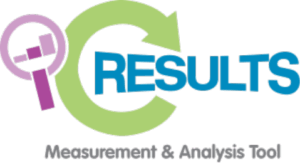Grant Management Solutions

Successfully move your mission forward…faster!
Get the insights you need to align your work with your supporters and community partners. Streamline and strengthen your funding process through customizable tools that capture impact data, improve accountability, and spark action.
Seabrooks is here for you.
Make an impact
e-CImpact is a comprehensive grant management software and performance measurement tool that helps you foster the relationships critical to your success.

- Simplify your grant application, evaluation, and reporting processes.
- Be more responsive to your stakeholders.
- Improve workflow to reduce your administrative time.
- Collaborate more effectively with your partners.
Best of all, it’s user friendly and all inclusive—with no additional modules to buy as you evolve.

Measure Your Results
i-CResults is an advanced individual assessment and analysis tool that gives you real-time, actionable outcome data.

- Measure outcomes “apples to apples”
- Consistent data collection to compare results across programs
- Analyze results to see what’s working and what’s not
Advance your community impact with this innovative software specifically designed to capture shared measures across partners.

